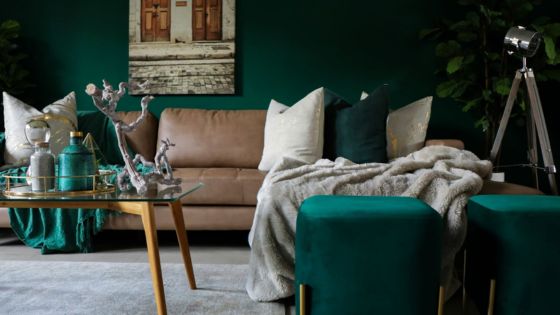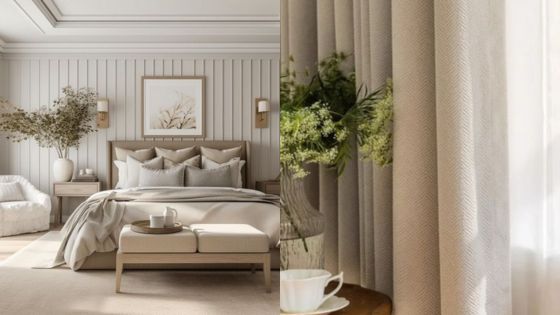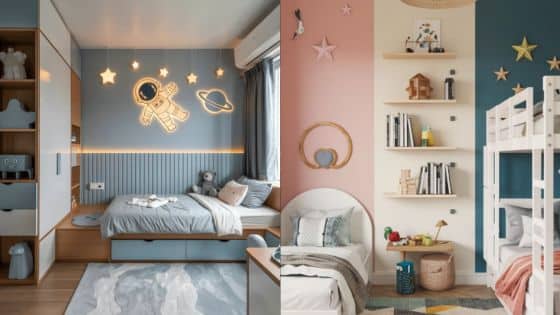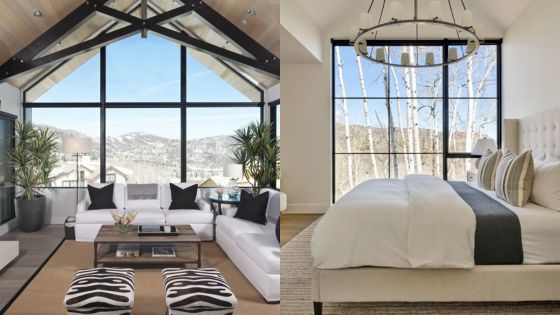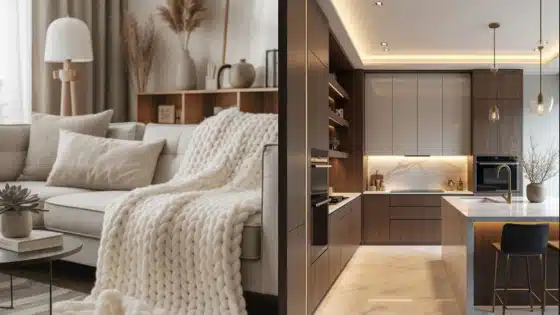Have you ever walked into someone’s home and felt like everything just fit together? Maybe you noticed how the colors matched, the furniture worked well, and the whole space felt inviting. That sense of balance doesn’t happen by accident. Whether you live in a small apartment or a large family home in Virginia, creating a cohesive look in your home can transform how your space feels and functions. From color choices to furniture layout, every element matters when you want a space that looks polished and connected.
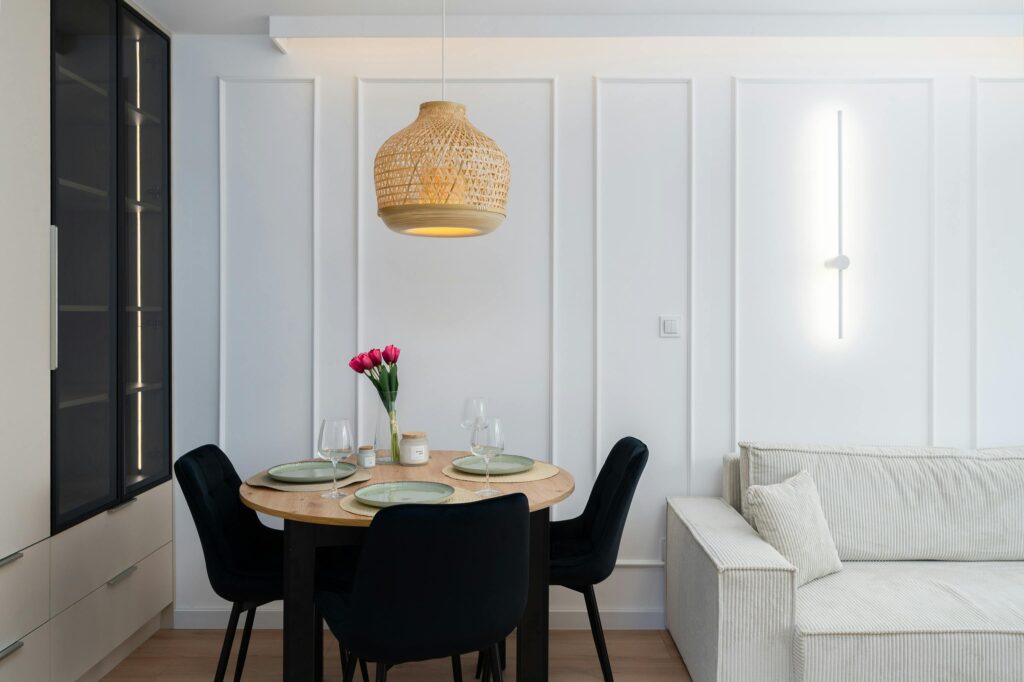
In this blog, we will share practical tips to help you harmonize your interior spaces and create a consistent and pleasing look throughout your home.
Start with a Color Palette
Choosing a color palette is one of the first and most important steps. A clear set of colors makes it easier to select furniture, accessories, and wall paint that work together. You don’t need to use the exact same colors in every room, but you should stick to a consistent palette. For example, if you love warm tones like beige, rust, and cream, try using these shades across different rooms with some variety in the accents. This creates a smooth visual flow throughout your home.
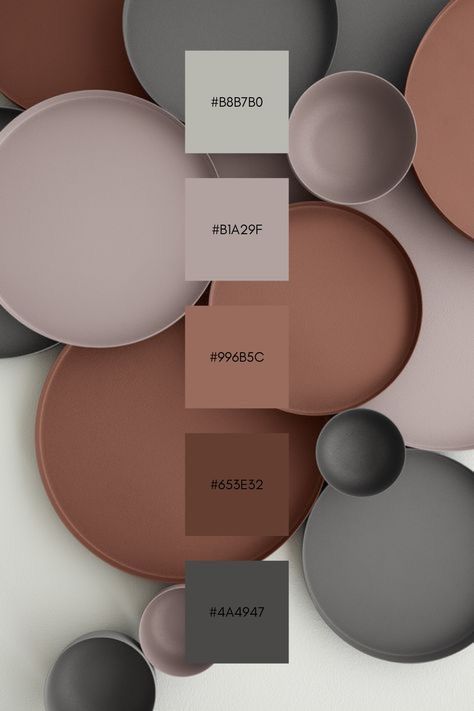
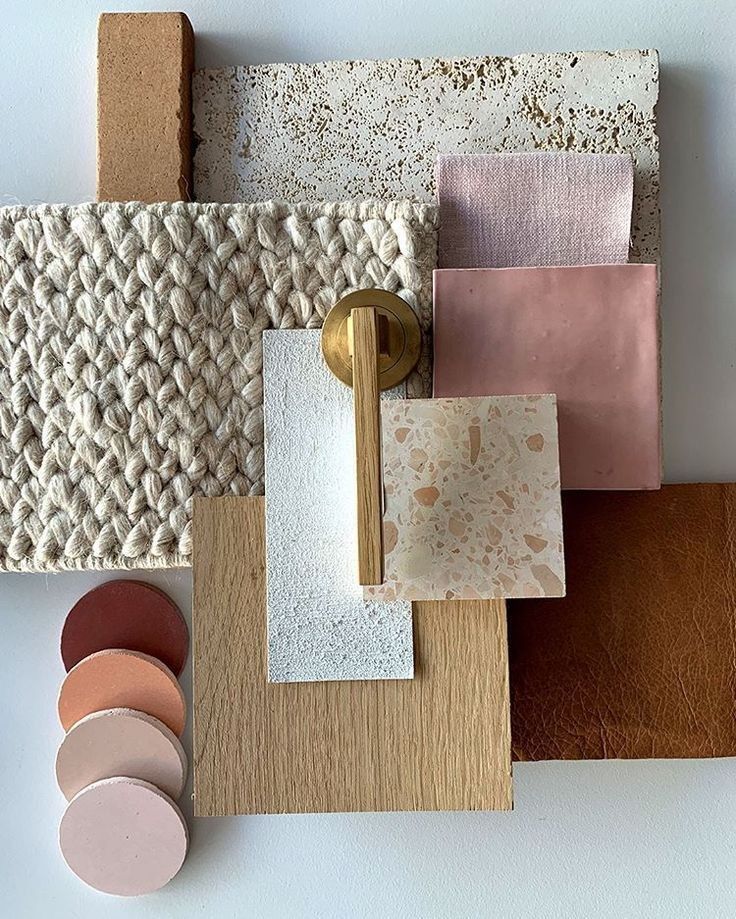
Try not to overwhelm your space with too many bold colors. Stick to three to five core shades and build your rooms around those. Neutral colors like gray, tan, or soft white are good starting points. Add pops of color in pillows, artwork, or rugs.
Blend Style Across Rooms
Your home doesn’t need to have identical decor in every space, but the styles should feel like they belong together. If your living room is modern and sleek while your bedroom is country rustic, the clash can feel confusing. Instead, choose a common style or a mix of styles that blend well, and use that as a base throughout your home.

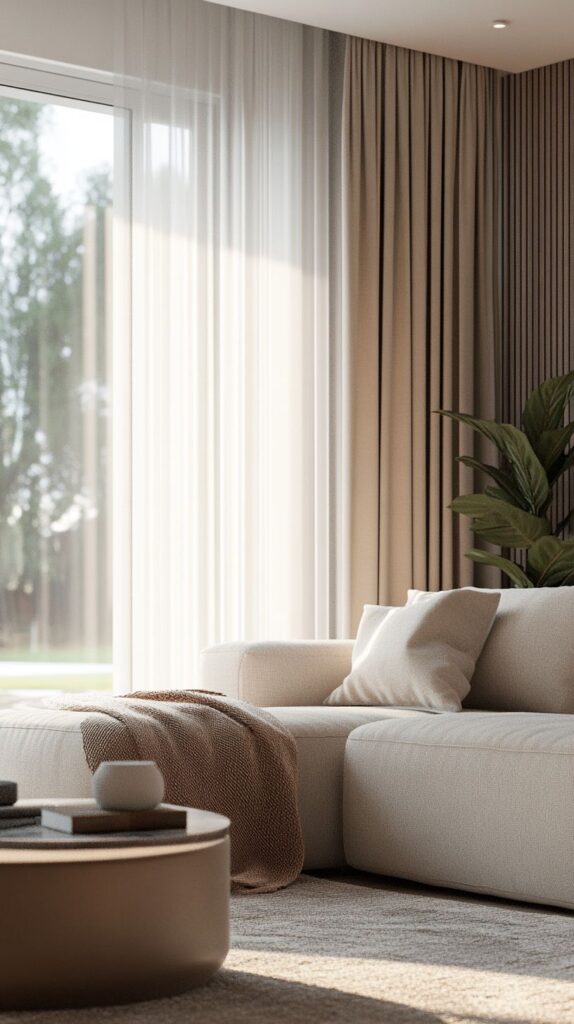
If you want to update your interiors, working with experts like bathroom remodelers in Virginia can help you match the style of your bathroom with the rest of your home. For example, if you prefer a coastal or farmhouse look, remodelers can help design a bathroom that flows naturally with your other spaces. When every room feels like it was designed with the rest of the home in mind, it creates a much more unified and peaceful atmosphere.
Create Flow with Flooring
Flooring plays a huge role in making your home feel connected. While different rooms can have slightly different materials or finishes, too much contrast can break the flow. Try to use the same type of flooring in the main living areas, like the kitchen, dining room, and living room. Wood flooring, vinyl planks, or tile that continues from room to room keeps things visually smooth.
If you need to switch flooring types—for example, from hardwood to tile in the bathroom—try to choose colors and tones that complement each other. Area rugs can also help bridge the look between spaces. A rug in the living room that picks up the tones from the hallway or kitchen helps tie everything together. Small details like this prevent your home from feeling choppy or disjointed.
Repeat Patterns and Textures
When you repeat patterns or textures in different rooms, your home starts to feel like one complete space. You don’t have to use the exact same items, but similar patterns in curtains, pillows, or upholstery help reinforce your overall theme. For instance, a striped rug in the living room and striped curtains in the dining area can subtly connect the two spaces.
Textures also matter. If you use natural wood in one room, bring touches of it into others. The same goes for metals, stone, or fabrics. A soft linen chair in the bedroom might match linen drapes in the guest room. By repeating these visual cues, you make the spaces feel related, even if they serve different purposes. The more elements that are repeated, the more polished your home will feel.
Use Consistent Furniture Styles
Furniture doesn’t have to match exactly, but having a consistent style helps tie everything together. If you prefer mid-century modern furniture, try to keep that theme going in most areas of your home. Mixing too many styles—like pairing industrial metal chairs with traditional carved wood tables—can feel jarring if not done carefully.
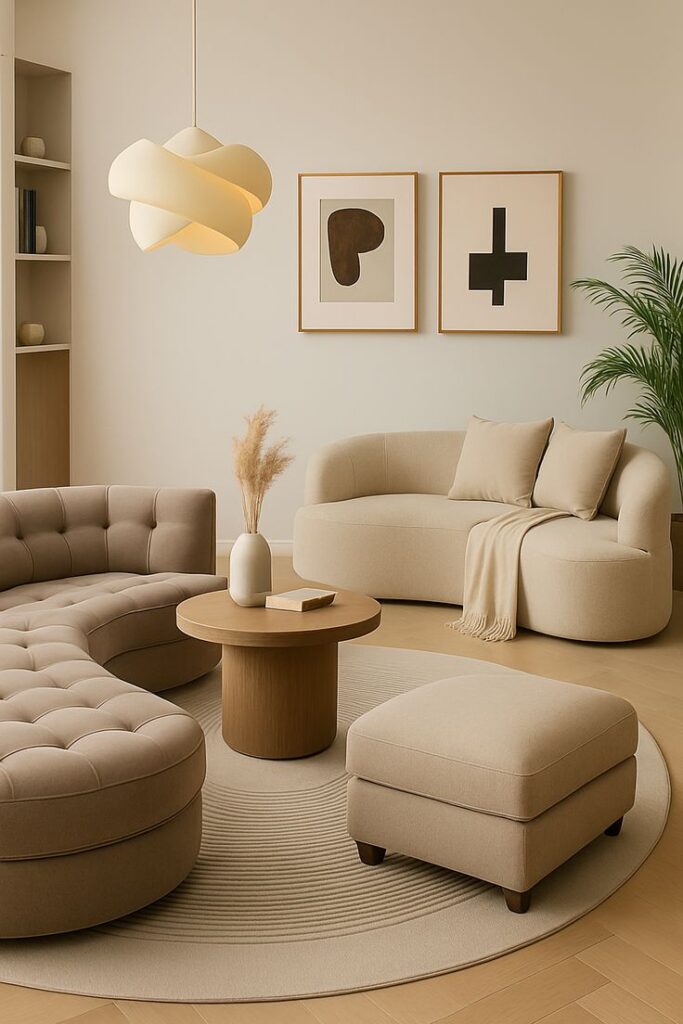
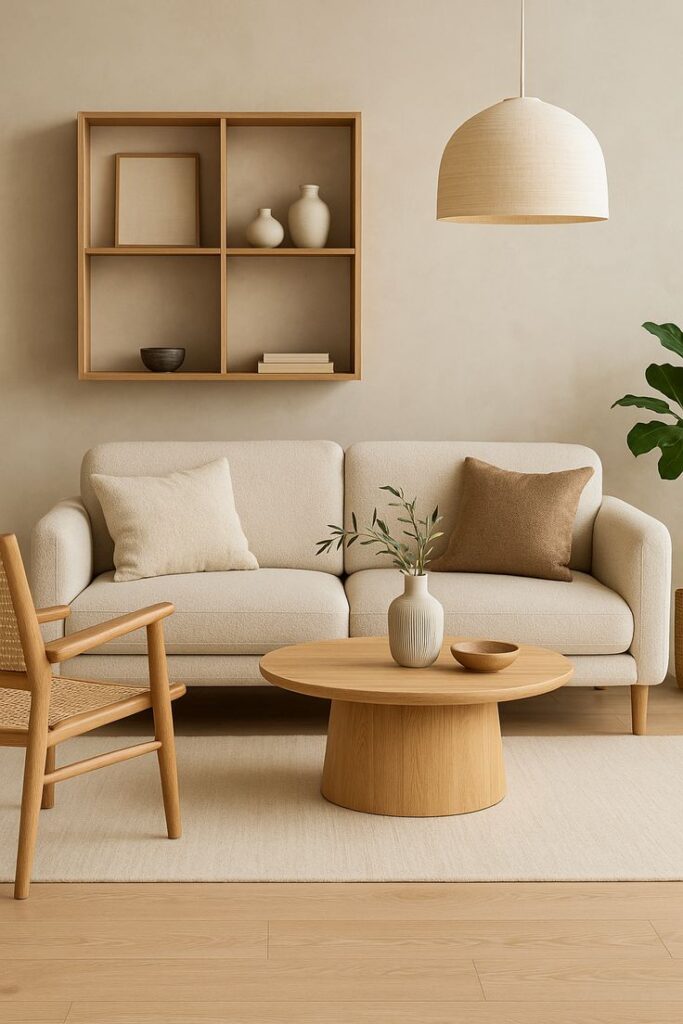
Think about the shape, material, and color of your furniture. Are most of your pieces sleek and minimal or soft and plush? Stick to one direction. You can mix in a statement piece here and there, but the overall feel should be cohesive. Coordinating furniture gives your home a sense of purpose and planning. Even your entryway or hallway furniture should echo the same design style, so the entire house feels well thought out.
Balance Decorative Elements
Accessories like art, lighting, and decor help complete a room, but they should also fit into the bigger picture. Too many small decor items can feel cluttered, while mismatched pieces can disrupt harmony. Pick a theme or tone for your decorative items, and use it throughout the house. Maybe you favor black frames on wall art or brass fixtures in your lighting—use them in several rooms.
Wall art should also have a common thread. You could choose landscapes, abstract prints, or black-and-white photography as your go-to style. The frames, sizes, or colors should be similar across rooms. Lighting is another important piece. If your living room has a bold chandelier, your dining room could echo that look with a smaller version. These kinds of repeated elements bring everything together and keep your space from feeling scattered.In conclusion, a cohesive home doesn’t come from matching everything perfectly. It comes from thoughtful choices that work well together. Each decision plays a part in the bigger picture. When your home flows naturally from one room to the next, it creates a peaceful, inviting place to live. You don’t need to rush it. Start with one change at a time, and over time, your home will start to reflect the connected, welcoming space you imagined.
- 11shares
- Facebook0
- Pinterest8
- Twitter3
- Reddit0








